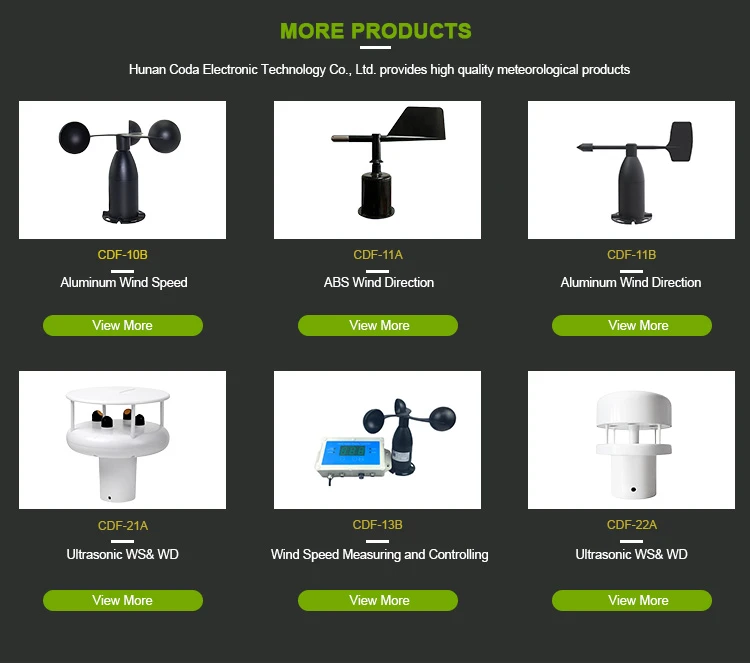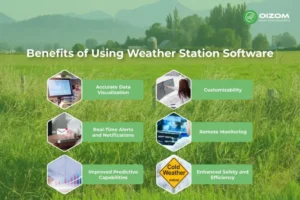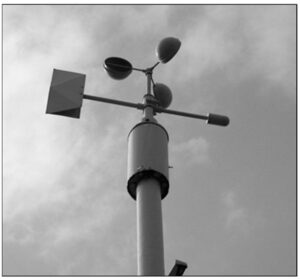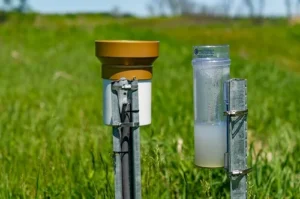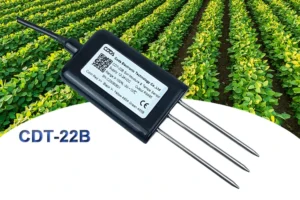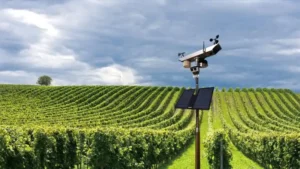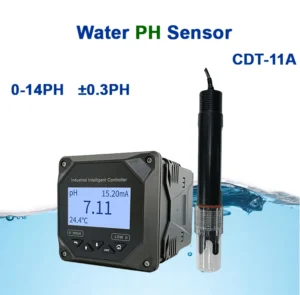anemometer instrument & weather instruments anemometer
Its main job is to measure how fast the precise wind blows and which way it goes. Anemometer are very important all over the world. They are used to monitor weather, protect the environment, support aviation, aid construction, and more.
Here is a summary of how they are used in different countries and regions, along with trends and specific ways.
Wind speed measurements are used in both rich and poor countries. The main users are the United States, Germany, the United Kingdom, Japan, and China. These countries spend a lot on weather studies, aviation, and building projects.
They also help with new technology. This shows the need for a type of anemometer that can measure. Weather departments, environmental agencies, and aviation authorities around the world use these tools to calculate wind speed. They use them to measure how fast the wind blows and which way it is going.
Trends:
New technology has made modern mechanical anemometer much more accurate and stable. More people are using them because they know more about climate change and want to help the environment.
As applications grow, we need measurement devices that can accurately measuring air accurately in different weather. This will help us predict the weather and check the air quality better.
Sonic anemometer are used in many places. They work in cities, in the countryside, by oceans, on tall mountains, and in flat land.
In places with special challenges, like varied weather or land shapes, cup anemometer are very important. They help with weather forecasts. They help keep the environment safe. Also, make sure air traffic is safe.
Applications:
Anemometers measure how fast the wind blows. They are useful in many ways. In weather monitoring, they track wind patterns to help predict the weather.
In environmental protection, they look at how air pollution spreads. This helps to reduce pollution.
In construction, anemometers check wind conditions around buildings. This keeps structures safe. In aviation, they are key for flying planes. They help with take-off, landing, and navigation during flights to ensure safety.
In conclusion, a lot of people use anemometers. They are important for getting key data in weather forecasting, environmental monitoring, aviation safety, and construction planning.
The future offers many chances for new ideas. This is due to new technology and the rising demand in various industries. These tools will be used more widely.

